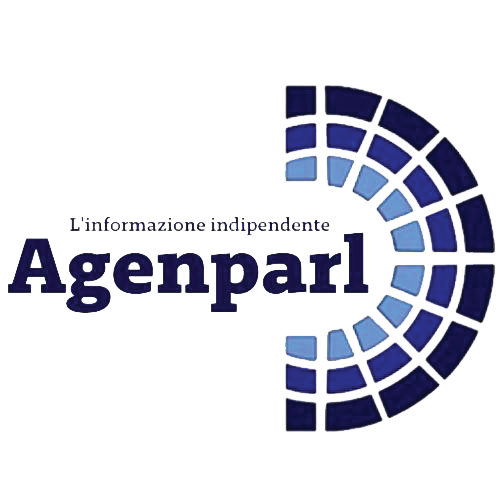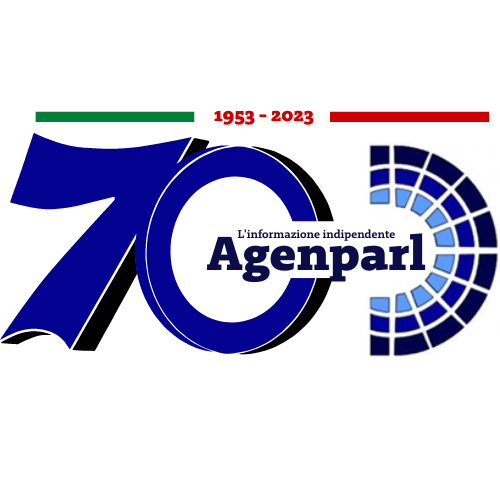 (AGENPARL) - Roma, 16 Novembre 2020
(AGENPARL) - Roma, 16 Novembre 2020Content
The downside of the Time & Materials model is that the final cost of the software project is not defined and fixed but rather narrowed down to some decent range. Fixed-price contracts require careful preparation; every element must be taken into account when estimating prices. This method makes predicting how much work the project will take and when completed much simpler.
The essence of this pricing model is that the client pays for the hours actually spent by the service provider. Depending on the client requests, payments are made after each stage, every month, every six months, and so on. Estimation of the scope of work and project deadline is approximate, the end result and its quality are the most important.
Let’s have a look at the T&M meaning and what is a time and material contract. In this typically agile approach, work takes place in sprints. After each sprint, you can evaluate the effect of the work and modify the initial project assumptions on the fly. One of the biggest disadvantages of the time and materials pricing model is the necessity to motivate the developer’s team to do their best work. You have to keep an eye on the team constantly to make sure that they are working toward delivering the approved scope within the agreed amount of hours. However, you can minimize it by hiring a project manager.
With the FP model, all risks are carried by the customer, and with the ?? model, it is the provider who has risk exposure. As can be seen, these two kinds of contracts are opposed. Time and material vs. fixed price contracts provide varying degrees of flexibility and are appropriate for a variety of needs. Now we can take a deeper look at who may profit from each pricing plan, as well as its advantages and disadvantages.
What Are The Biggest Advantages Of T&m Contracts?
So in fact, while running the project under FP you control neither the features nor the quality of the product implemented. Based on their previous experience with comparable projects, the vendor sets the pricing. This may be a trap since each product is unique, making it difficult to estimate the precise amount of time and resources required.
With Fixed Price agreement all the project features are well-documented so that they can be quickly passed down to the development team without additional approvals with the customer. Our experience shows that clients with a fixed budget (are you one of them?) tend to choose https://globalcloudteam.com/ the Fixed Price solution, even if the project compliant with the requirements would cost more. They want a guarantee that they will not exceed their budget. It may happen that you will find defining all project requirements at the beginning of cooperation difficult.
There are increased chances that the project will cost more than expected since changes are inevitable when building a software product. Sometimes, buying a ready-made app solution isn’t enough to solve your business needs. Said app may be missing needed features or fail to integrate with existing software. In addition to these common issues with ready-made apps, there are a lot of reasons why you should opt to build a custom application.
Our team works with both Fixed-Price and Time & Materials projects. Our development team will help you deliver your project on time and in the best possible way. You focus on the core business goals, and we take care of the rest. Fixed cost vs. time and materials comparison is the size of the project and its type.
When To Choose The Fixed
A key consideration in the IT services outsource process is determining the right contractual arrangement to use. This choice can potentially affect the client-vendor relationship, alter financial bottom lines and ultimately affect the final deliverable. While doing so, it is also crucial to note that the contract model aligns with the organization’s business requirements and corporate processes.
Furthermore, the model’s flexibility allows you to modify both the speed of work and plans for successive deliveries based on the customer’s requirements. Any edits, additional testing can affect the end of development. Those that bring profit quickly or those that are key for the end user? Is it better to start with simpler or more complex things? In the course of development, you can easily make changes, change the scope of work and use flexible development methodologies .
A Time-and-Money contract involves a collaborative process that often requires full involvement on the part of the client. Budgetary and timeline inconsistencies can also be a cause for concern, however, these can be addressed by setting up KPIs to measure progress and ensure regular releases. It’s easy to adjust requirements, shift to new directions, and rework features on the basis of user feedback.
Advantages Of The Time And Material Contracts
When opting to use an app development company, you will sign a contract and a work order. In terms of pricing, there are several pricing models that development agencies use. You’ll need to take a long time studying the market and predicting what may work for your users. This may require a few sittings with your team, the development team and probably a few consultants. The contract needs to be thoroughly detailed so that the developers do not get out of scope. Working with an agency following the T&M model, the customer is free to add or remove features and capabilities to the project at any time without concluding additional contracts and agreements.
The customer knows clearly how much money will be spent on the project implementation, and this makes planning easy. Fixed price contracts simplify bidding but require precision in estimating. Finishing under budget can result in higher profit margins for the contractor, but one setback or tweak during the project can eat into those profit margins.
You don’t always have to choose 😊 It may happen that the best method is a mix of solutions – the hybrid model. Fixed Price will be perfect when you know exactly what you want from the very beginning. You have clear requirements, precise specifications and a deadline. As this kind of contract is extremely flexible, disadvantages and problems may arise.
The Verdict: Which Pricing Contract Is Better?
All parties involved agree on the scope of work, budget, timeline, and deliverables up front. Usually, there’s little to no room for any changes after the project kicks in. Both sides agree to all terms of the project before starting it and do not expect any change or adjustment after the project’s kicked off.
Upon completion of stages 1-3, it is possible to replace the provider if you don’t like the work. That means that in an average situation with FP, not only will you pay more than you have to, but you will also have your requirements frozen. From the first glance, it seems like you’re only risking wasting your pre-payment if the new vendor fails to deliver against the FP contract.
- We have extensive experience in successful project implementation in various areas, and we are ready to help you bring your ideas to life.
- Predictability of results is one of the most essential fixed price model pros.
- Time and Materials may not be ideal if the clients do not want to be a part of the team.
- Importantly, both parties agree on what materials will be used and on the hourly rate.
- Time and material (T&M) contract is absolutely different.
- But today we live in the extremely fast-changing world, where we have no time to take a break, so we are not even talking about writing a complete specification.
Ten years ago it was OK for a specification to contain from 120 to 200 pages describing all the features of the application. But today we live in the extremely fast-changing world, where we have no time to take a break, so we Fixed Price Model Vs Time And Material Approach are not even talking about writing a complete specification. For a better understanding of T&M billing contract, let’s have a short look at the agile project management and how it works, and as an example let’s take SCRUM.
Cons Of The Fixed Price Contract Model
The planning stage is shorter than a fixed price project as the project’s specifications don’t need to be as detailed, meaning that you can start the work on app development earlier. Since a vendor usually includes risks while estimating the project’s price, the final project cost may be higher when compared to the time and materials approach. A time and materials contract makes more sense in software development work.
Are You Looking For Software Development Company For Your Digital Project?
T&M works best when you want to immediately start implementing a complex and long-term project, or you already have a development team but need additional resources. This will give you great flexibility in adjusting the project to your evolving expectations. Although it may seem more expensive, in this case the costs of a T&M project will be lower than that of the Fixed Price model.
Time And Material Contract Example
You know what needs to be done at once; therefore, you will spend minimum time on interaction. For LendingConstruction Loan Administration Streamline management of your entire construction loan portfolio. You want the flexibility to modify the scope or vary the workloads. This issue can be overcome if the vendor delivers the new version of a product after every sprint, and it is pushed into production as soon as possible with the continuous integration tools.
On the one hand, this model may seem convenient for you, as a customer, as you know how much time and money the project development requires before the work starts. Combining two productive tools, the time and materials pricing model with an Agile methodology, allows better management of your project overall. These sprints allow you to focus on the costs for each sprint and then move onto the next. A time and materials pricing model is similar to apay-as-you-go pricing model, often starting with a set of shared goals, clear requirements, and a ballpark estimate. All these elements can be changed during the project if needed.
